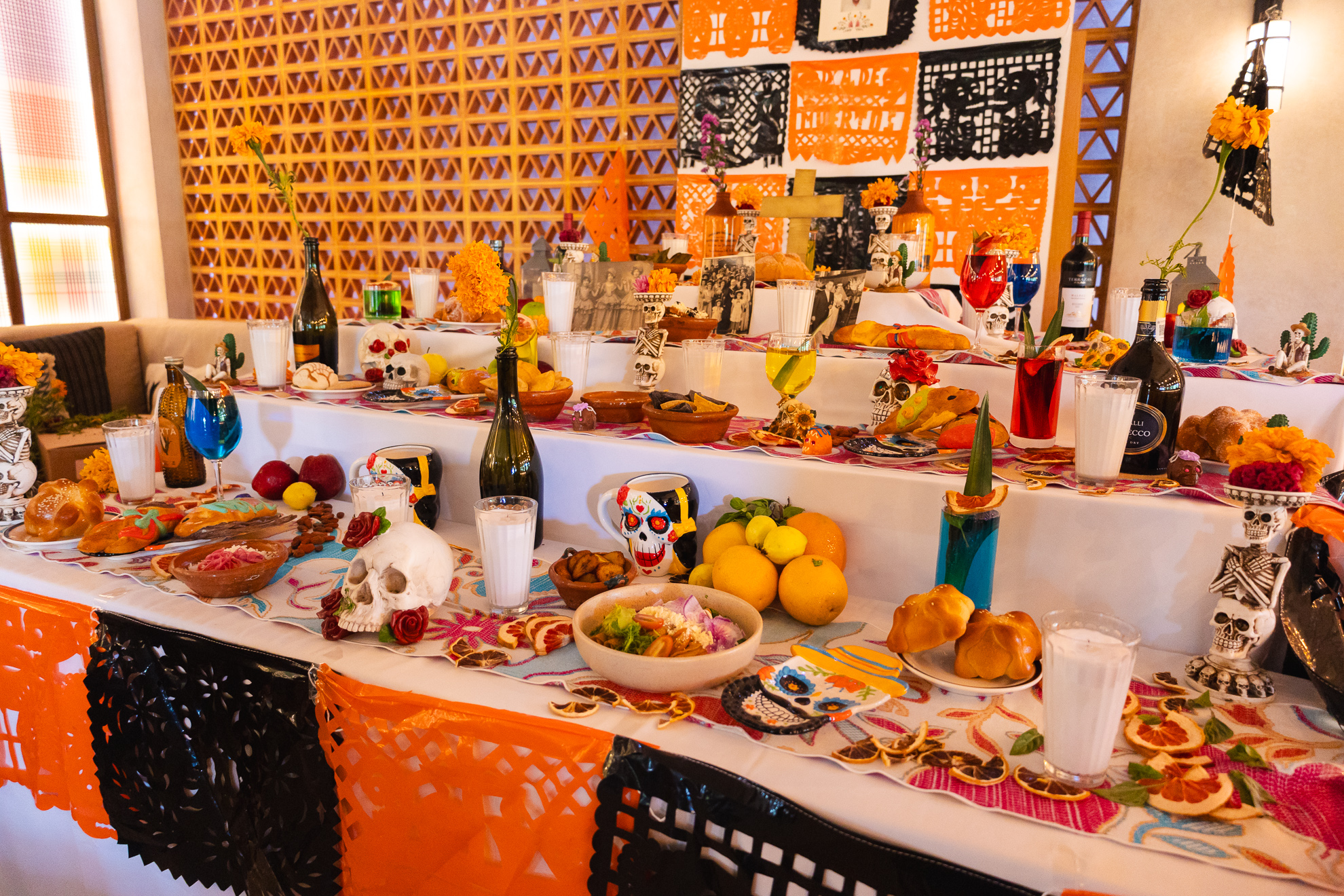Historias de Mayakoba
Eventos culturales, experiencias de destino exclusivas e historias de vacaciones inspiradoras. Explore nuestro blog para descubrir ideas útiles y consejos de viaje útiles para aprovechar al máximo su visita a la Riviera Maya.

Sin categorizar

